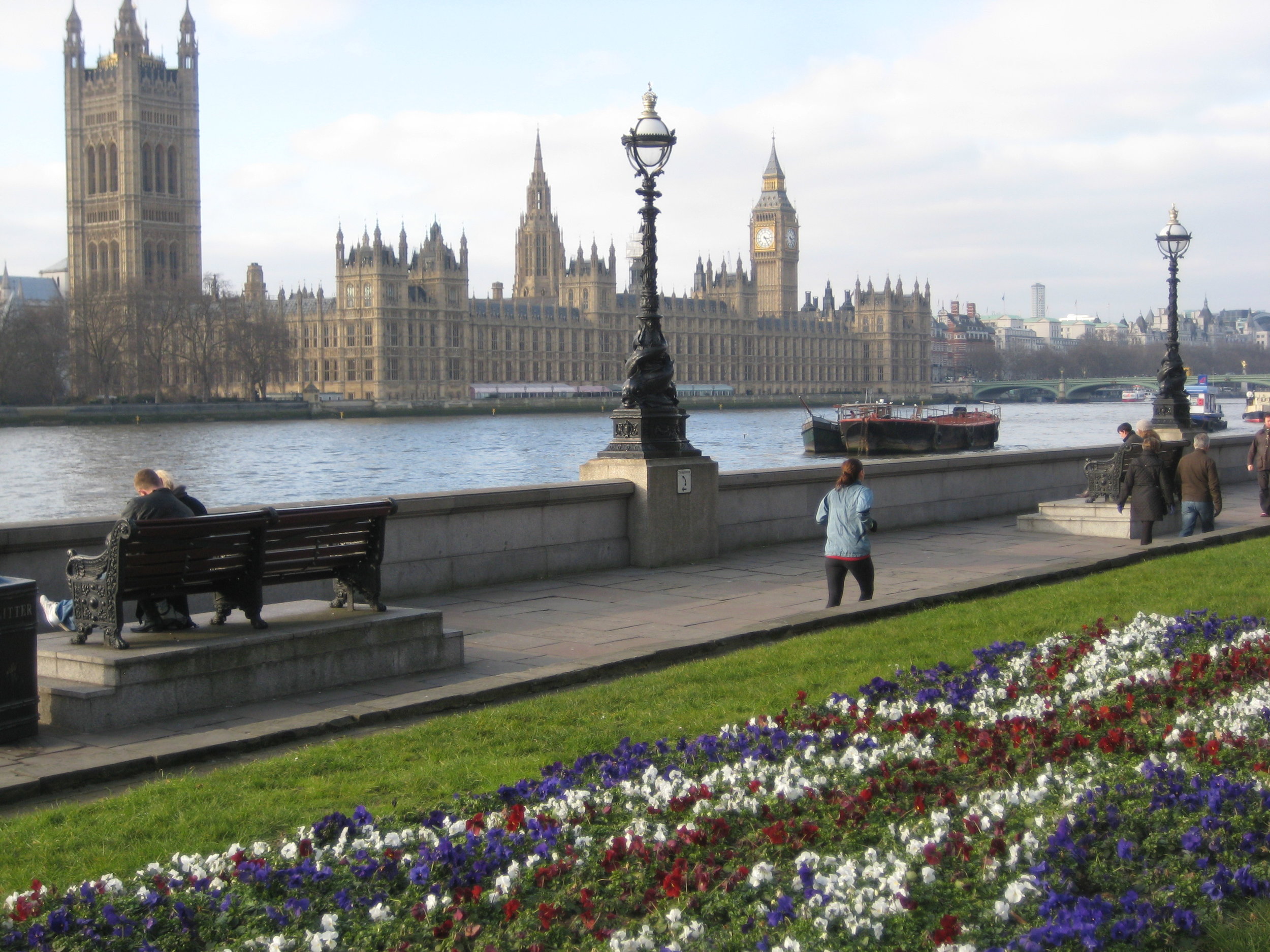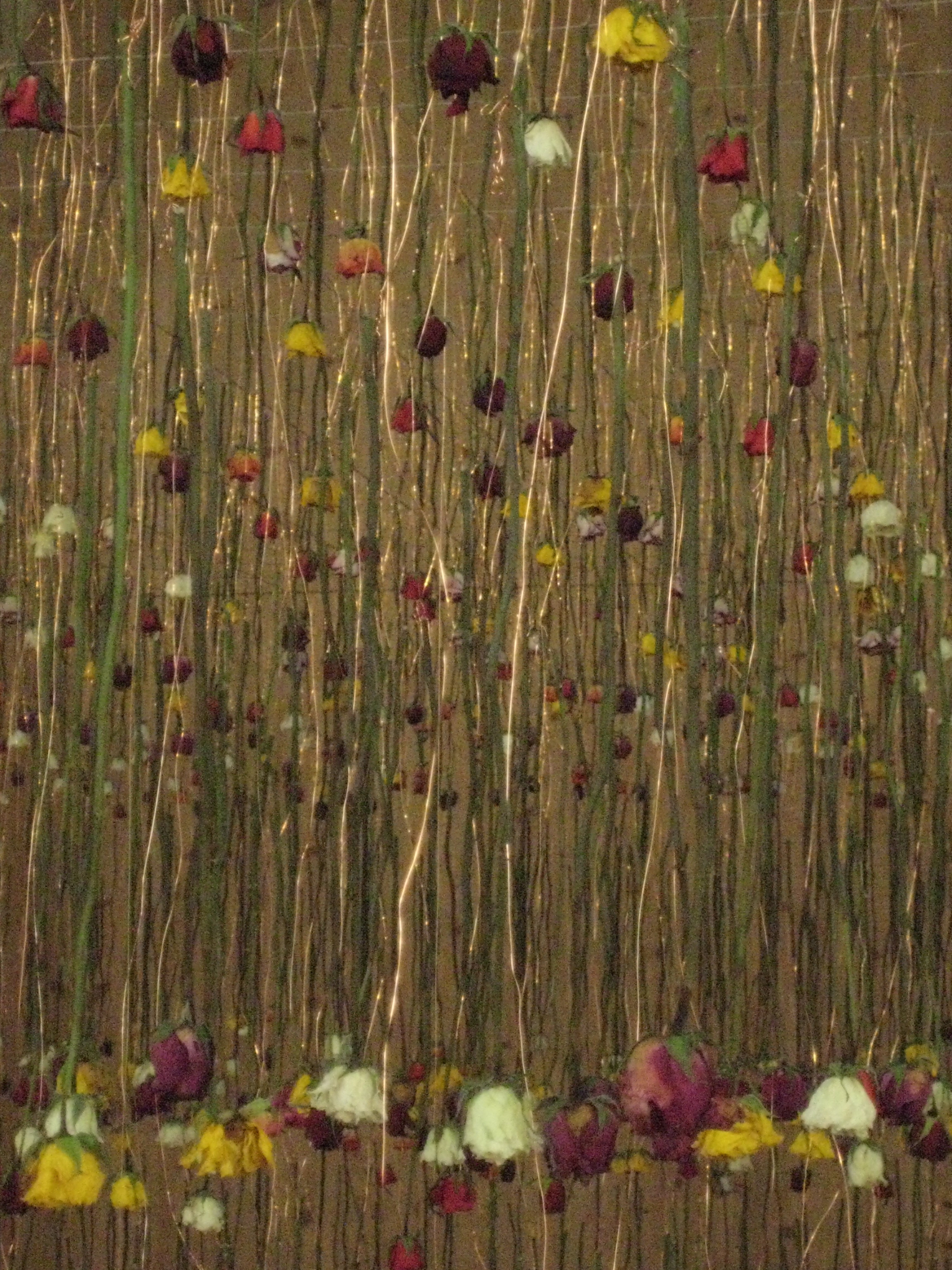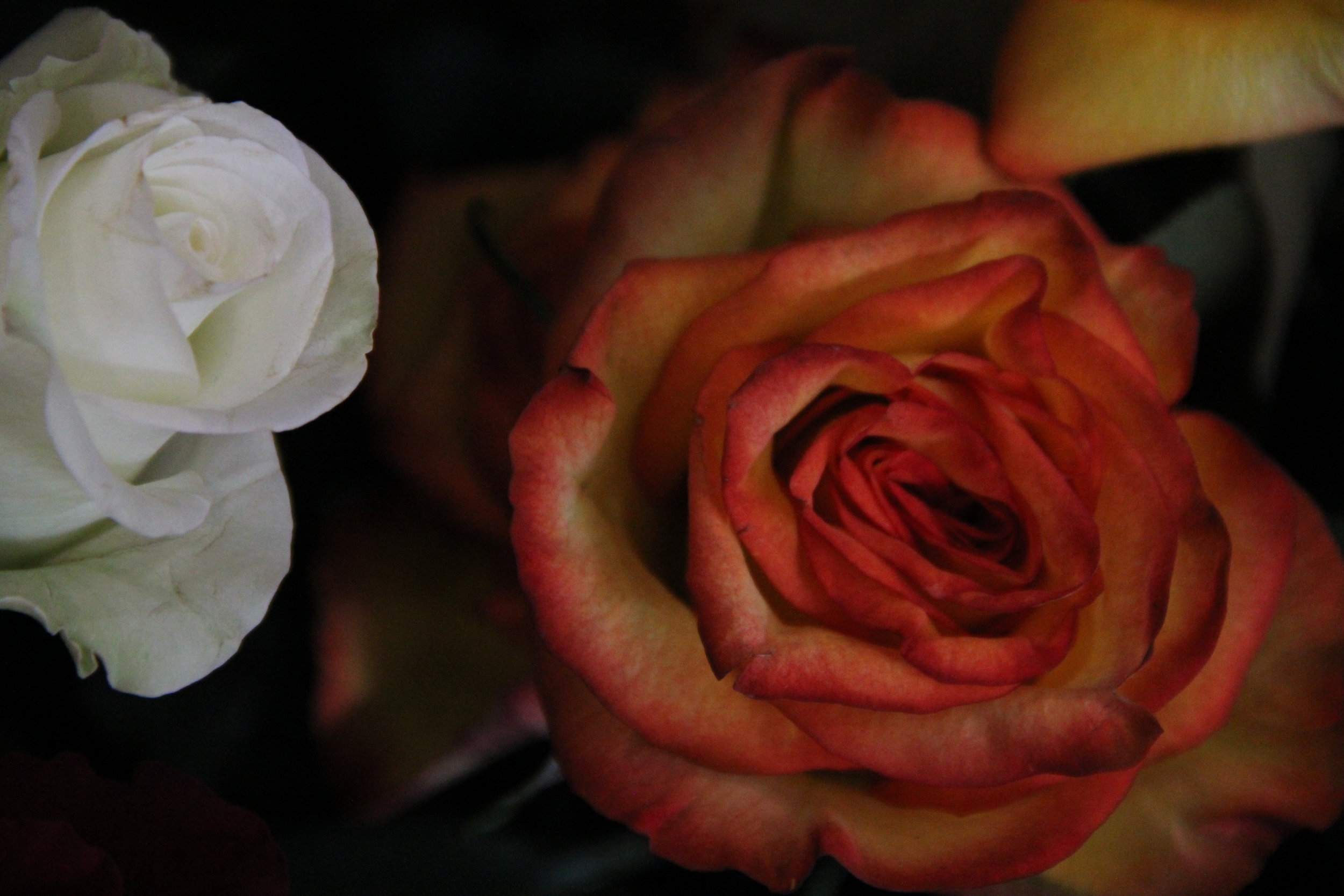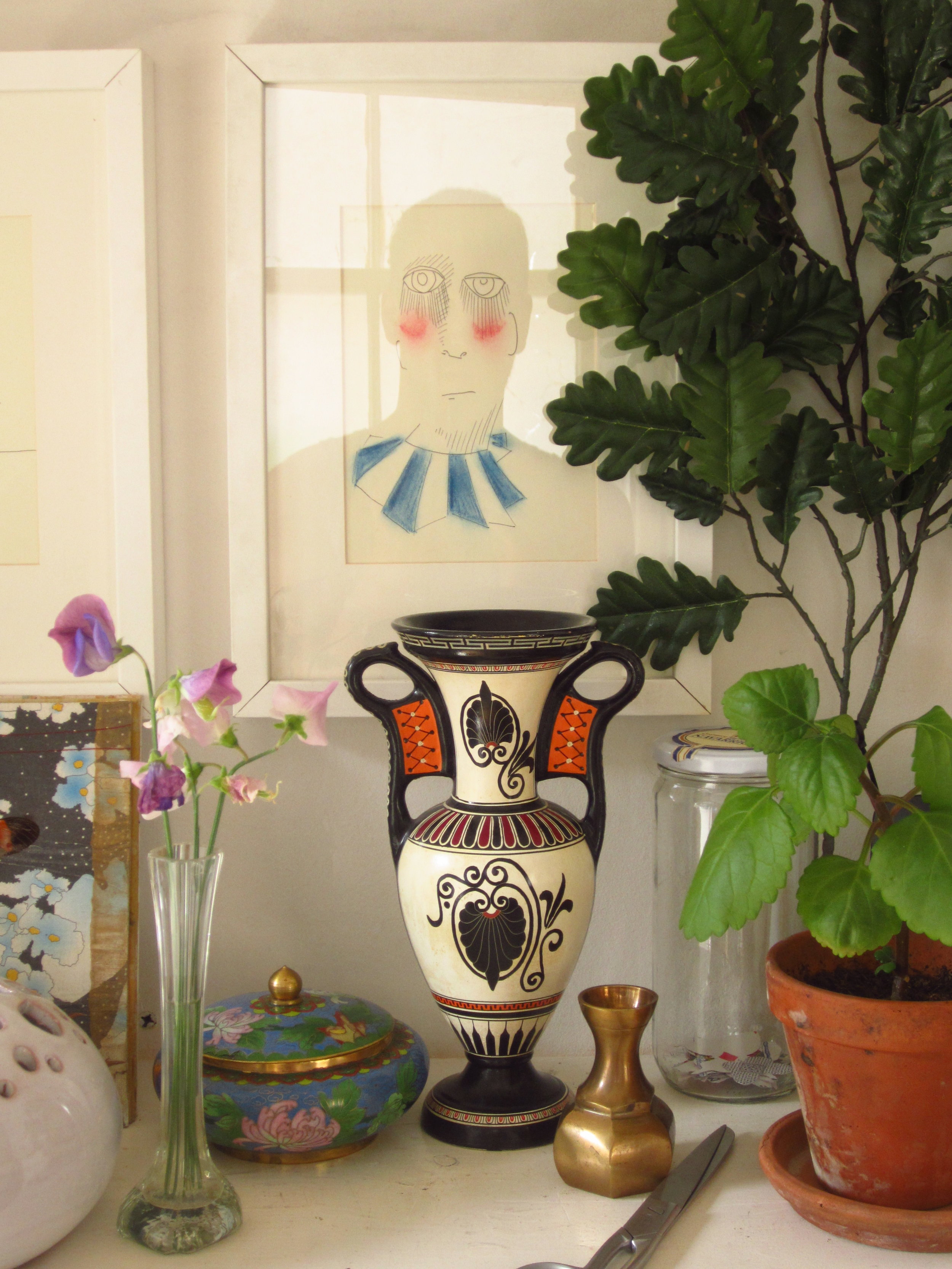into the British floral world
 There are times when it is a good idea to leave the quiet of the English countryside and get lost in the pace of London, which, luckily, is just a short train ride away. Often, this is where I go to get a good heavy, stimulating cultural fix and hit the museums to satisfy my hungry appetite for art. There are so many excellent museums and exhibitions in London that when I head back home, my smile is huge and mind inspired. Besides working as a professional gardener, another aspect of horticulture that I am being drawn into is floral design. After recently reading the biography , The Surprising Life of Constance Spry by Sue Shepard, about the Grand Dame of florists, my curiosity became even stronger. To get to know more about this world, beyond the beautiful arrangements we expect to see with it, I went to check out an exhibition on floriculture, attend a lecture by a panel of professional florists, and accompanied some seasoned friends to an industry event. When I think of an arrangement, it is usually only the final product and its beauty that I am thinking about, but there is so much more going into the process than I ever realized.
There are times when it is a good idea to leave the quiet of the English countryside and get lost in the pace of London, which, luckily, is just a short train ride away. Often, this is where I go to get a good heavy, stimulating cultural fix and hit the museums to satisfy my hungry appetite for art. There are so many excellent museums and exhibitions in London that when I head back home, my smile is huge and mind inspired. Besides working as a professional gardener, another aspect of horticulture that I am being drawn into is floral design. After recently reading the biography , The Surprising Life of Constance Spry by Sue Shepard, about the Grand Dame of florists, my curiosity became even stronger. To get to know more about this world, beyond the beautiful arrangements we expect to see with it, I went to check out an exhibition on floriculture, attend a lecture by a panel of professional florists, and accompanied some seasoned friends to an industry event. When I think of an arrangement, it is usually only the final product and its beauty that I am thinking about, but there is so much more going into the process than I ever realized.
The Garden Museum was my first stop and is a place that focuses solely on horticulture that contains a permanent collection, a rotating exhibit, and lectures. The most recent exhibition was one based on the cut-flower industry called 'Floriculture- Flowers, Love and Money.' The time period covered from 400 B.C., when Viola odorata was first planted as a commercial crop in Athens, up until now chronicling modern issues including the discussion of buying locally grown flowers to help reduce carbon footprints. In the U.K. alone the floral industry is worth a staggering £1.65 billion, enough money to fund a few small countries at the same time.
The flowers' journey through the industry starts with the growers which are spread throughout the world. Some of the top producing countries include Colombia for carnations and roses, Thailand for orchids, Caribbean for Tropicals and foliage, and South Africa for Proteas, Strelitzia, Roses and exotics. Different areas of the world have more suitable climates for growing some floral crops than others, with the U.K. being the largest producer of the cut flower Narcissus where the earliest blooms appear first in the Isles of Scilly. Most of the world's cut flower trade passes through Flora Holland, Aalsmeer Flower Auction, where the Dutch technique of auctioning is still practiced. This auction means starting the cost high and driving the price down in intervals where the first bid on a lot of flowers becomes the last bid, ensuring efficient use of precious time for the delicate product.
The art of sending flowers with a message, known as Floriography, is where each flower, once decoded, represents different emotions or feelings. You could easily send a lover a message of ardour, feelings of great intensity and warmth with a bouquet of the cuckoo flower (Cardamine pratensis) or simply say "I declare war against you" to an enemy by sending a handful of Tansy (Tanacetum vulgare) according to Language of Flowers by Kate Greenaway. Stump your friends, enemies, or family by telling them how you really feel...
Stretching across the large open hall of the Garden Museum was a mesmerizing and colorful installation on a grand scale by London floral artist Rebecca Louise Law. She displayed a mix of dried roses formed along a grid pattern created with gold wire, and the effect was magical due the the sheer number of flowers used and the color story chosen.
As a floral artist for the exhibition, she was also a speaker at the closing lecture titled "Bloom and Bust", comprised of a mixed panel of speakers from throughout the industry. These speakers consisted of Symon Lycett, celebrity florist, Dennis Edwards, wholesale flower seller at New Covent Garden Market in London, Vic Brotherson of Flower and Violet, Lauren Craig of Thinking Flowers, a business that focuses on sustainable and ethical global business practices and floral artist Rebecca Louise Law. The talk was about trends in the floral world, and while I did not know what to expect, I thought for some reason they would talk about the future direction of arrangements would be like, but I was wrong and pleasantly surprised.
Each person spoke of their backgrounds and how they are finding their own way to make it in the flower business, each story very diverse from the wholesale seller, floral designers to the floral artist. According to Dennis, the floral industry has grown in leaps and bounds by stating that in times past there used to only be 2 white roses in the trade and with new roses being bred every month, there are now 25 types of white to choose from. Due to over-breeding it was mentioned we traded scent for strength in stems and new colors and that by the time people receive red roses for St. Valentines Day, they are already about 3-4 weeks old. Gosh, who knew?
While sitting and learning more about the fascinating floral industry, it was something that Lauren Craig of Thinking Flowers said that struck home. When asked what the hardest thing about this business is, she shared the life lesson that no matter what you do, even if people don't understand you or your ideas, put your head down and work hard because you will succeed at making your ideas a reality. She said that she was now going on 9 years with her business with many more plans for the future. That alone solidified the content of the evening with 5 diverse people following and fighting their way to make their own way in this business, it just reaffirmed again that anything you want in life is possible.
Later in the week I attended another event, which was on the complete opposite end of the spectrum. This event was a trade affair for florists with floral design demonstrations while using special roses and flowers from specific growers from Colombia. It was held in the shop of a wholesale flower seller where the purpose of the event was to push this special brand of cut flowers and to sell their stock of sundries too. The demonstrations were interesting with 3 floral designers creating some beautiful and interesting modern arrangements while a host spoke about the wonderful selling points of Colombian roses. Coming from what was an inspiring experience earlier in the week, this event was about the business side of things and making money, not only for the host but for all the attending shop owners seeking to maximize their sales. The roses were absolutely gorgeous, with very long stiff stems holding in an array of bloom colors . Contrary to what I learned at the Garden Museum, these roses were being bred with scent in mind and fragrance was definitely present. Color wise there was your standard choices with many shades of red, white, and pinks, but orange and yellow will always be my favorites. I was very excited about the slightly odd colors like the pale lavender, or the soft purple gray, which could make for some interesting color stories, like a large bruise-y bouquet.
The event educated me more about the behind-the-scenes of the floral world, taking me from the daydream of owning a shop one day to the reality of costs and supplies. Speaking about supplies, this opportunity gave me the chance to pick up a few necessary tools of the trade, scissors, knife, and wires so I can practice at home. Thank you Constance Spry, for sparking new creative endeavors. -J








